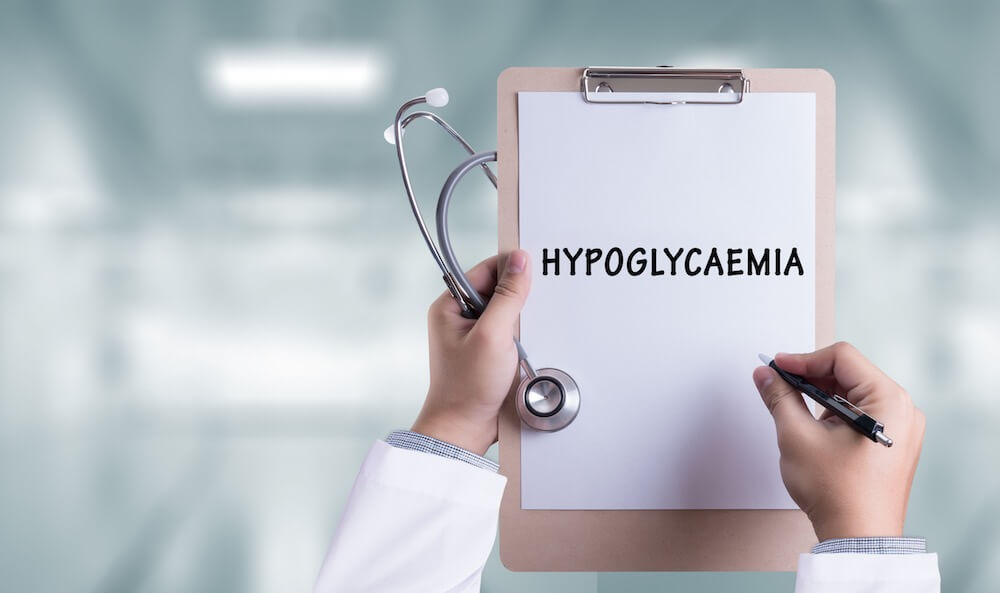by IHSG
Share
by IHSG
Share

SH may be far more prevalent than previously suspected. In the Hypoglycemia Assessment Tool (HAT) study, a 24-country study of over 27,000 people with type 1 and type 2 diabetes (T1D and T2D) on insulin, self-reported rates of SH (defined as needing the help of another person for recovery) were about 5 times higher than those in previous population-based reports.1 In the study, insulin-treated subjects with T2D had an annual SH rate of 2.5 per patient.
Studies have linked SH to an increased risk of macrovascular events and cardiovascular death and found it to strongly predict all-cause mortality.2,3 A severe hypoglycaemic event was the strongest predictor of death at 90 days in the VADT trial,4 while a post-hoc analysis of the ADVANCE trial linked SH to a significant increase in the risk of death and major cardiovascular events.3
More recent evidence has corroborated this link. In the ORIGIN trial, designed to assess whether normalizing fasting plasma glucose could reduce cardiovascular events,5 SH had a bearing on the risk of the composite primary endpoint, which included cardiovascular death, myocardial infarction, and stroke.2,5 The DEVOTE study, which assessed the cardiovascular safety of insulin degludec vs glargine in T2D patients, yielded similar findings.6 DEVOTE also linked SH to a higher risk of short-term death.
The nature of the SH-cardiovascular link is unclear: it may arise from the direct effect of low glucose levels or from activation of the sympathoadrenal response, which not only increases cardiac workload but also induces a prothorombotic, inflammatory, arrhythmogenic state.7
Whatever the cause, the connection is real. The more we study SH, the more we appreciate its seriousness. We have strategies to reduce the risk, such as new-generation insulin analogues and the judicious use of technology. Perhaps the most important strategy of all is patient education. We need to ensure that patients have a better understanding of hypoglycaemia, learn to respect it and have the skills to minimize it, but without fearing it to the point of abandoning glycaemic treatment goals.
References
- Khunti K AS, Alsifri S, Aronson R, et al. Self-reported hypoglycaemia: a global study of 24 countries with 27,585 insulin-treated patients with diabetes: the HAT study. Diabetologia 2014; 57 Suppl:S201-202.
- Investigators OT, Mellbin LG, Ryden L, et al. Does hypoglycaemia increase the risk of cardiovascular events? A report from the ORIGIN trial. Eur Heart J 2013; 34(40):3137-3144.
- Zoungas S, Patel A, Chalmers J, et al. Severe hypoglycemia and risks of vascular events and death. The New England journal of medicine 2010; 363(15):1410-1418.
- Investigators V. Hayward RA, Reaven PD, Wiitala WL, et al. Follow-up of glycemic control and cardiovascular outcomes in type 2 diabetes. The New England journal of medicine 2015; 373(10):978.
- Investigators OT. Gerstein HC, Bosch J, Dagenais GR, Diaz R, et al. Basal insulin and cardiovascular and other outcomes in dysglycemia. The New England journal of medicine 2012; 367(4):319-332.
- Pieber TR, Marso SP, McGuire DK, et al. DEVOTE 3: temporal relationships between severe hypoglycaemia, cardiovascular outcomes and mortality. Diabetologia 2017 Sept. 15; doi: 10.1007/s00125-017-4422-0. [Epub ahead of print].
- Hanefeld M, Frier BM, Pistrosch F: Hypoglycemia and Cardiovascular Risk: Is There a Major Link? Diabetes care 2016; 39 Suppl 2:S205-209.






